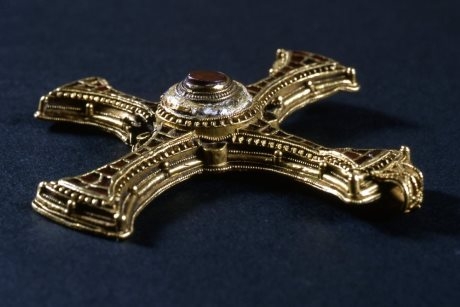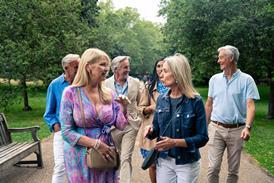
In celebration of St Cuthbert’s Day, Durham Cathedral has announced the launch of a permanent Treasures of St Cuthbert display this summer.
The new display will form part of Open Treasure, the cathedral’s multi-million pound exhibition space.
The display will be open to the public from 29th July.
Treasures of St Cuthbert
A collection of Anglo Saxon artefacts, including the gold and garnet Pectoral Cross, the symbol of Durham Cathedral, will form part of the new display.
The display will also include the conserved coffin of St Cuthbert, which will be housed in the restored Great Kitchen, said to be one of only two surviving monastic kitchens in England.
The upcoming exhibit marks a new phase for Durham Cathedral, which was one of the largest pilgrimage sites of England.
Open Treasures
The Open Treasures exhibition space gives visitors access to previously hidden areas of the cathedral. It showcases various collections and artefacts for all ages to discover and learn about.
Visitors to Open Treasures will begin their visits in the 14th century Monk’s Dormitory, which has interactive exhibits and activities.
They can then continue through the Collections Gallery and onto the Great Kitchen where the new display of the Treasures of St Cuthbert will be on show.
About St Cuthbert
St Cuthbert was a monk and bishop born in the year 634 AD. He was also a saint of the early Northumbrian church.
When St Cuthbert’s coffin was opened 11 years after his death, his remains were found not to have decayed, with his clothes in pristine condition. This discovery along with many relics, became the focal point for pilgrimage.
In 1093, after a forced exile during the Norman Conquest, the foundation stone for Durham Cathedral was laid, and in 1104 St Cuthbert’s relics were placed into the shine within the cathedral.
For more information, visit www.durhamcathedral.co.uk/open-treasure/book.












